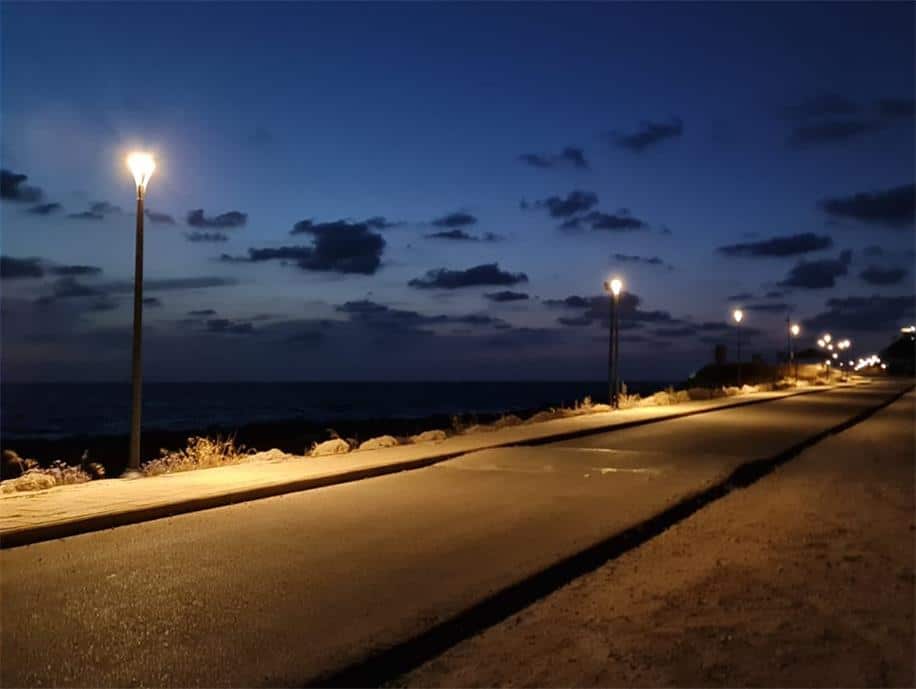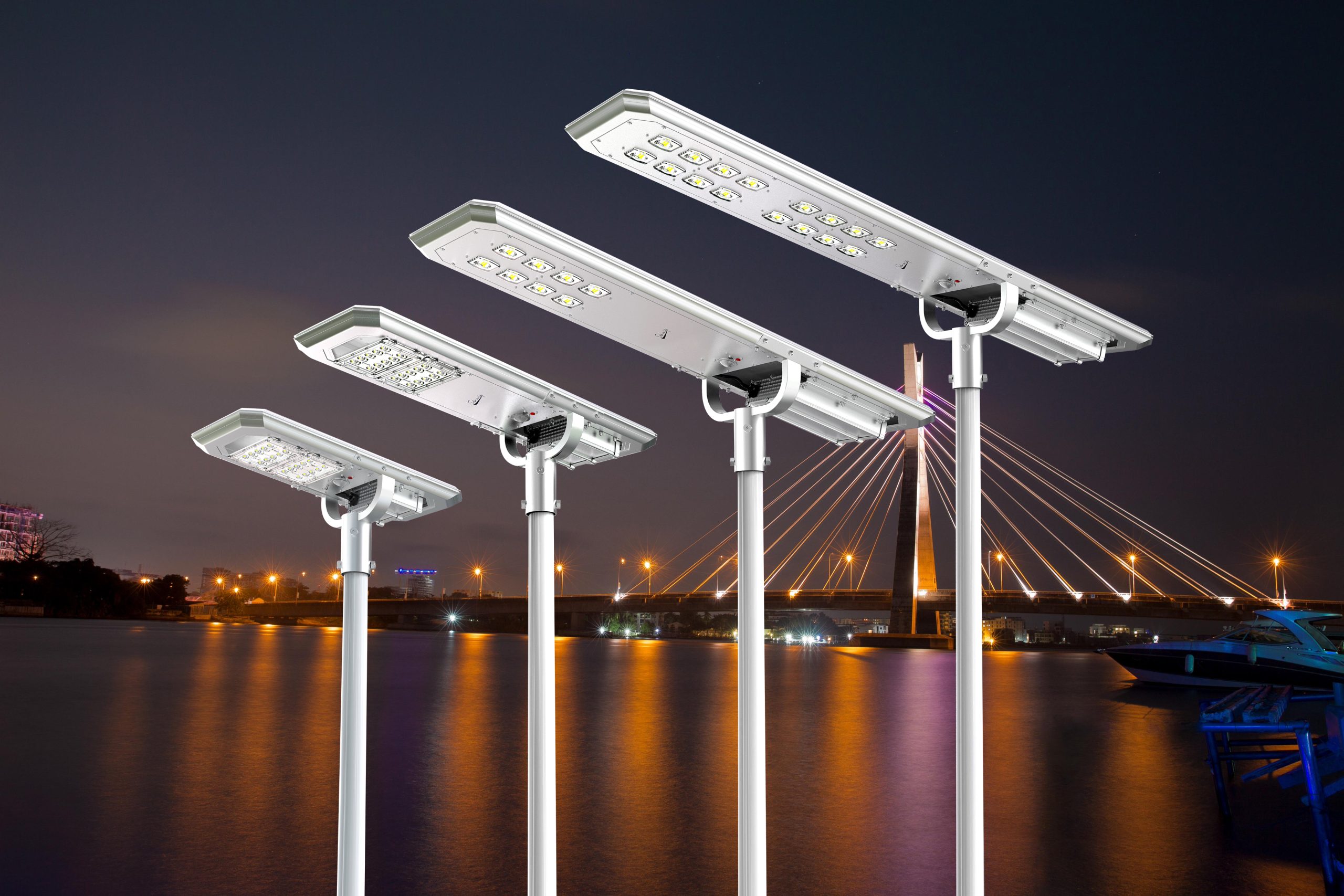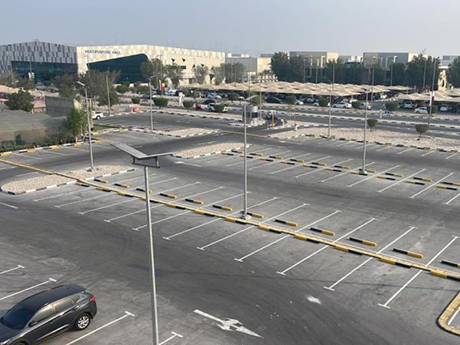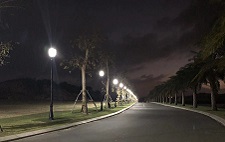Smart public lighting is quickly becoming the preferred lighting solution for cities and municipalities worldwide. This technology enables the accurate monitoring and management of streetlights, providing significant benefits in energy efficiency, cost savings, and environmental impact.
-
Adjustable lighting control creating a safer environment
Adjustable lighting control is an essential aspect of creating a safer environment, especially in areas prone to crime, such as parking lots, alleys, and other public spaces. By increasing or decreasing the light levels, adjustable lighting control can help to deter criminal activities, as well as improve the visibility and perception of the area, allowing potential threats to be identified more easily and quickly.
-
Extending the hours of use of valuable community assets
Extending the hours of use of valuable community assets is a strategic initiative that is gaining prominence across numerous municipalities and local governments. By implementing this approach, communities can optimize and maximize the utilization of their existing infrastructure for longer periods, resulting in increased efficiency and cost savings.
-
Fast turn around times as no underground cabling is required
One of the most significant benefits of implementing wireless technology in infrastructure development is the fast turn around times with no underground cabling required. This means that the deployment of wireless infrastructure can be completed in a quicker and more efficient manner as compared to traditional wired infrastructure.
-
Cost effective as no disruptive or expensive trenching required
With trenchless technology, the need for disruptive and expensive trenching is eliminated, making this an incredibly cost-effective solution. Trenchless technology involves installing or repairing underground pipes and cables without digging up the surrounding area. Traditional methods require extensive trench digging, which can be not only disruptive but also expensive due to the need for heavy equipment and extensive manpower.
-
Advanced battery technology that guarantees long life span
Advanced battery technology has been developed to address the growing demand for longer-lasting and more efficient energy storage solutions. With advancements in materials science and engineering, batteries have been optimized for maximum performance and reliability, providing extended life spans and minimizing the need for frequent replacements.
-
Environmentally friendly and completely off the power grid
When it comes to staying environmentally conscious, opting for off-grid solutions is a wise choice. An off-grid system operates completely independently of the power grid, freeing you from the limitations and dependencies of your local power company. Not only does it offer a sense of self-sufficiency, but it also has a positive impact on the environment.
-
No on-going power costs
One of the most advantageous features of this particular solution is its lack of on-going power costs. This means that once the initial setup is complete, there is no need to pay for electricity in order to keep the system running. Not only does this save money in the long term, but it also reduces the environmental impact of the solution.

SRESKY difference
BMS technology speeds up the battery charging over 30%;
Never stop lighting with New HI-technology-ALS 2.3 Up to 10 rainy or cloudy days
Powerful Lithium battery with 1500 cycles, widely used in new-energy car;
4 Intelligent Core Technology broke the bottleneck of short working
time of solar lights in rainy/cloudy days, and realized 100% lighting throughout the year
Each part can be replaced on the pole directly, save maintenance costs

Sustainable Lighting for Your Communities most valuable assets

Shared Pathways
Shared pathways, often frequented by pedestrians, joggers, and cyclists, are a vital asset for any community. However, traditional lighting solutions tend to consume a significant amount of electricity and are not environmentally friendly.

Recreation Reserves
As a community, we have a responsibility to preserve and protect our valuable assets, especially our recreation reserves. These green spaces are not only important for our physical and mental well-being but also serve as habitats for a diverse range of flora and fauna. As such, we must ensure that our recreation reserves are maintained in a sustainable manner. This includes implementing eco-friendly practices across all aspects of park management, including lighting.

Car Parks
Car parks are undeniably one of the most valuable assets of any community. They serve as a crucial infrastructure that enables the people to access various establishments and facilities, such as shopping malls, hospitals, schools, and commercial centers. However, the traditional way of illuminating car parks, typically with high-intensity discharge (HID) lights, can be wasteful and unsustainable. This is where sustainable lighting solutions come into play.

Street Lighting
Effective street lighting is an essential part of any urban infrastructure, providing a safe and secure environment for pedestrians and motorists while also enhancing the aesthetic appeal of public spaces. However, traditional street lighting systems are often inefficient and costly, relying on energy-intensive bulbs and outdated technologies that can put a strain on municipal budgets and contribute to environmental degradation.
To address these challenges, sustainable lighting technologies have emerged as a compelling solution for municipalities and communities seeking to enhance their street lighting capabilities in a cost-effective and environmentally responsible manner. By leveraging the latest LED technologies and adaptive controls, sustainable lighting systems can deliver significant energy savings and lower operational costs while also providing superior illumination and visibility for pedestrians and motorists alike.